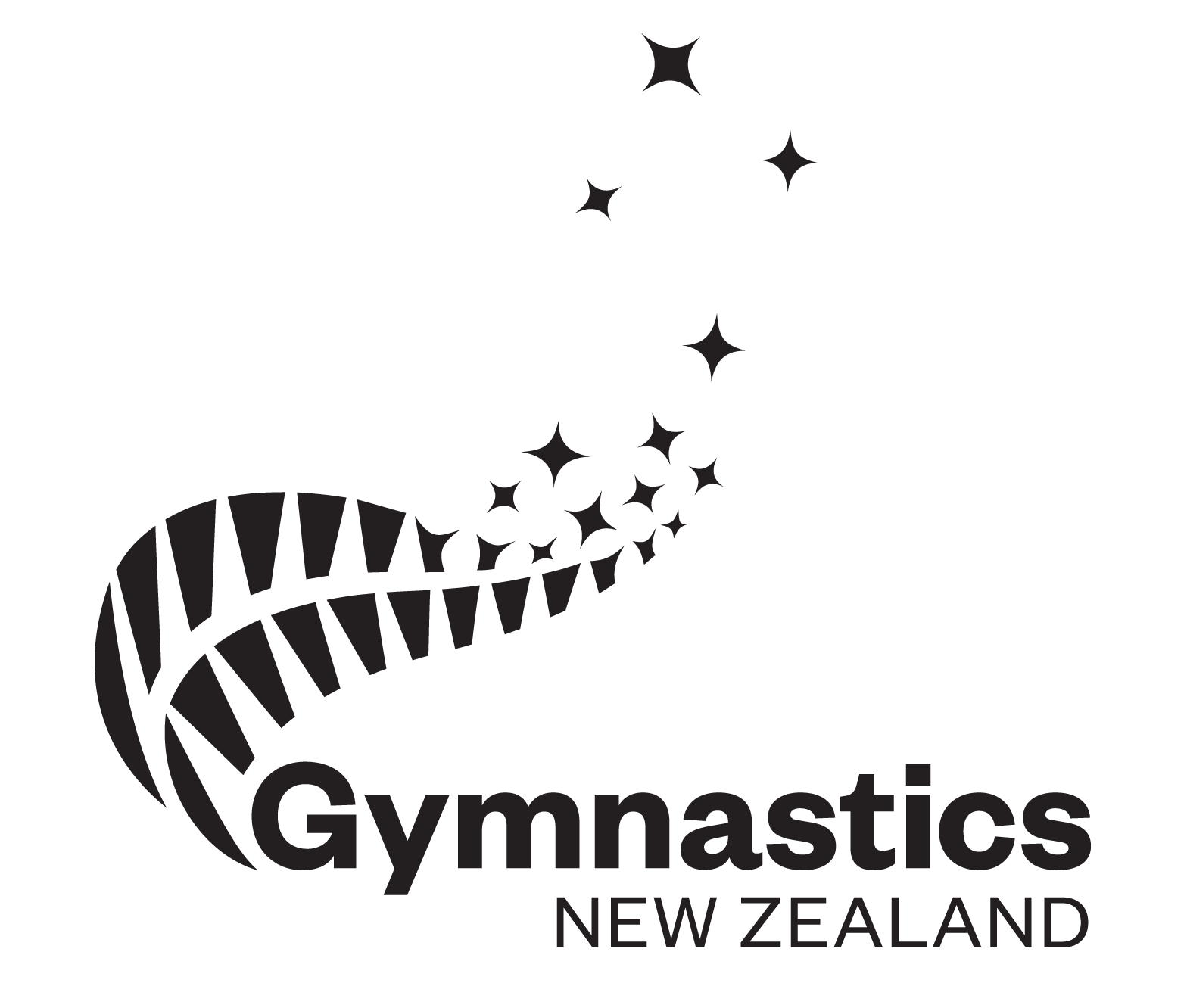Members, did someone say there had been a festive and holiday season since last we spoke? Not sure about you, but feels like I blinked and missed it – much like the summer weather! Whatever you managed to do over the holiday months I hope it bought you some down-time, much needed rest and a recharging of the batteries for the busy year ahead. A quick update for you on what we have been up to in the first quarter of 2017.
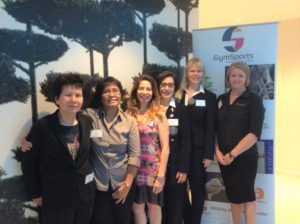 People
People
The mammoth challenge that is a realignment of the education space in concurrence with the quadrennial change in FIG Code-of-Points is well underway. The organisation and the volunteer community of judging and coaching have been consumed with meeting this challenge. For us, the FIG Academy, Gym Schools and FIG Rhythmic course have demanded a high level of resource, time and effort. For you volunteers, countless hours studying and preparing for courses both locally and overseas has been the focus. Congratulations to all of you who attended courses and gained qualifications. The imparting of the knowledge you have gained during this process, on domestic courses, is now the immediate task ahead. Good luck to those of you embarking on this development, and my thanks to the staff and volunteer presenters who will be extensively involved in making it all happen.
Participation
In the partnership space of participation, a surprise visit by the new FIG President Morinari Watanabe coincided with the FIG Academy. It was a privilege to welcome the first ever visit by an FIG President to New Zealand. It was also a great opportunity for President Watanabe to see first-hand, the strength of gymnastics in New Zealand. President Watanabe’s comments upon returning to FIG headquarters reflected encouragement and growth for the future of the sport in our Federation. It was a great opportunity personally for us to illustrate not only the strength of the sport here, but also to articulate the challenges we face each year to grow the sport in our region and participate on the world stage.
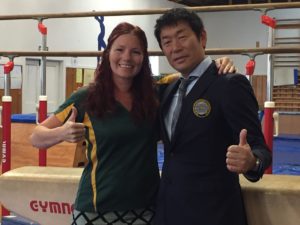 We also continue to make progress in researching the Gym for All space and the role that programmes will play in our organisation and community moving forward. You should expect a more in-depth update on this in the second half of the year.
We also continue to make progress in researching the Gym for All space and the role that programmes will play in our organisation and community moving forward. You should expect a more in-depth update on this in the second half of the year.
Performance
Three key areas of work have been prevalent in this space so far this year. The first involves the Commonwealth Games on the Gold Coast in 2018, and how to apply the quota system that has been placed on both ourselves and the NZOC. This involves determining how this works for our individual codes and the qualification, nomination and selection process that must accompany it. Information is beginning to flow in this space and it is pleasing to see the codes starting to embrace a view around international events that will help the organisation, the athletes and coaches better prepare for international competition.
The second area of work involves the announcement of supporting part-time national coaches in the codes of men’s artistic, trampoline and women’s artistic. Whilst not necessarily new thinking, even for gymsports, supporting these coaches through financial assistance places us in new territory. Many of you will have seen the role descriptor and probably thought, this is a full-time role. That would be true if everything on the list was to be effectively driven by one person. We know we are not currently in a position to do this, so each appointed national coach will still be working with the community to deliver the outcomes we are all seeking. We also need to be mindful that we can’t achieve all areas of activity at once.
The difference, is that the formality in terms of pathway, framework and content will be clearer and better structured. It means that we will need to be taking a ‘quadrennial view’ with regards to setting desired outcomes for Tokyo 2020 and the Olympiads beyond. To attract investment in this space we must be able to show a level of clarity and community co-ordination in driving performance outcomes. This has to be a long term view with an eye on not only replicating the selection and performance success of Rio 2016, but improving on both moving forward. This is new territory for the current organisation and it will take time, patience and willingness to adapt for it to be successful.
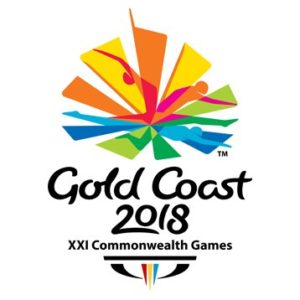 What does success for the year look like in the High Performance space? For the codes involved, it is the clear definition of the performance pathway, and how athletes and coaches can progress within it which is critical. From a results perspective, it is the national coach working to support coaches and athletes in their daily training environment to achieve the desired performance outcomes. Due to the changes in the Code of Points, defining what these outcomes actually look like will not become clear until the second half of the year. What I can say, is that these will be directly measured against other Commonwealth country athletes, with a view to getting a team selected to Gold Coast 2018.
What does success for the year look like in the High Performance space? For the codes involved, it is the clear definition of the performance pathway, and how athletes and coaches can progress within it which is critical. From a results perspective, it is the national coach working to support coaches and athletes in their daily training environment to achieve the desired performance outcomes. Due to the changes in the Code of Points, defining what these outcomes actually look like will not become clear until the second half of the year. What I can say, is that these will be directly measured against other Commonwealth country athletes, with a view to getting a team selected to Gold Coast 2018.
The third area of work in performance surrounds organisational excellence, and directly flows from the strategic work completed last year. In short, this is the implementation of the strategy in to the organisation and its setting of priorities. This has largely been done through the budgeting and operational plan processes, ensuring not only strategic alignment but also deliverable prioritisation. In plain language, we have taken the strategic priorities given by you last year and prioritised the outcomes. This is effectively where ‘the rubber hits the road’ regarding the significant loss of Sport NZ funding and means some outcomes may take longer for your organisation to deliver.
Places
The National Facility Strategy is in the final stages of completion. I am sure that once you see this comprehensive piece of work you will appreciate the length of time it has taken to pull it all together. This document will prepare the ground for local, regional and national discussion regarding facilities that are ‘fit for purpose’, where they best meet community needs and how facility access and utilisation is maximised.
Profile
 The strategic work conducted during 2016 has also delivered a profile project regarding rebranding the organisation. I have had a number of correspondences questioning the timing of this rebrand, considering the funding decision and the normal cost of such exercises. I agree, rebranding can be a costly exercise when thinking in terms of ‘Shell’ to ‘Z’ or ‘Telecom’ to ‘Spark’. The majority of cost is normally associated with what is termed ‘brand collateral’ and centres on the outward facing material by which the brand is recognised. Using the aforementioned examples, both Shell and Telecom would have had hundreds if not thousands of sites to physically re-brand to Z and Spark respectively. A very costly exercise indeed.
The strategic work conducted during 2016 has also delivered a profile project regarding rebranding the organisation. I have had a number of correspondences questioning the timing of this rebrand, considering the funding decision and the normal cost of such exercises. I agree, rebranding can be a costly exercise when thinking in terms of ‘Shell’ to ‘Z’ or ‘Telecom’ to ‘Spark’. The majority of cost is normally associated with what is termed ‘brand collateral’ and centres on the outward facing material by which the brand is recognised. Using the aforementioned examples, both Shell and Telecom would have had hundreds if not thousands of sites to physically re-brand to Z and Spark respectively. A very costly exercise indeed.
In our case, the majority of our ‘brand collateral’ is digital in the form of website, social media, email etc. This is far more cost-efficient to rebrand, and I believe we have struck a good deal with one of our current suppliers to subsidise this work. Full market estimates against what we are paying suggests that we are getting the rebrand work done at less than 30% of what it would normally cost. I would however add that cost was only one of the elements assessed when considering whether or not to rebrand your organisation. As outlined in our communication at the time, the drive to rebrand has been well considered and deemed necessary to better place the organisation within the not-for-profit sporting landscape, both domestically and internationally.
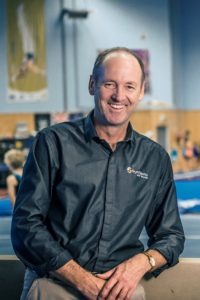 Looking ahead
Looking ahead
It is a year of challenges ahead for all, what year is any different to be fair. I am sure you will approach the months ahead with all the enthusiasm, passion and commitment you have always shown. Your organisation certainly will, and I look forward to working with the team here at GymSports NZ on your behalf, to make the most of the opportunities these challenges present.
Yours sincerely,
Tony Compier
CEO- GymSports NZ
